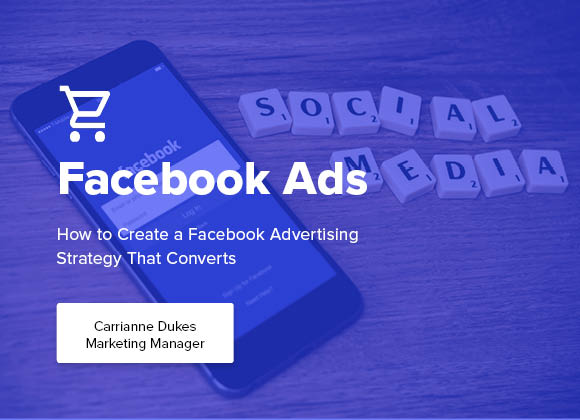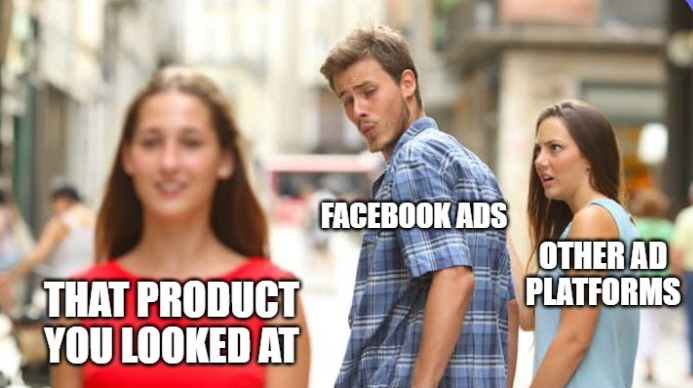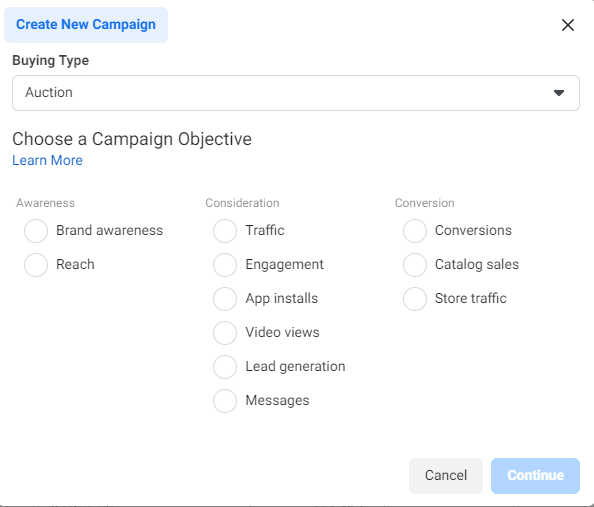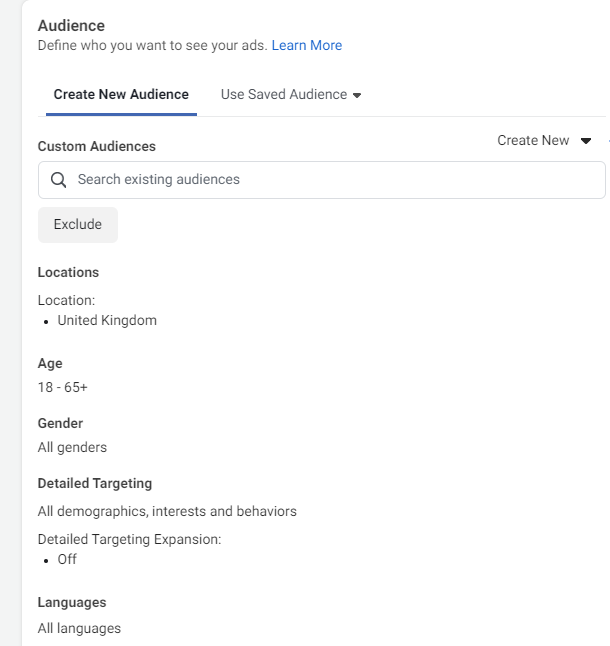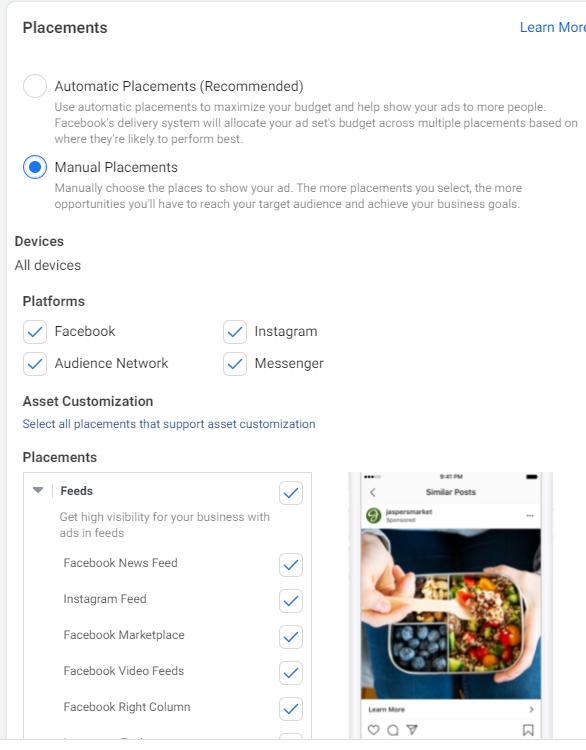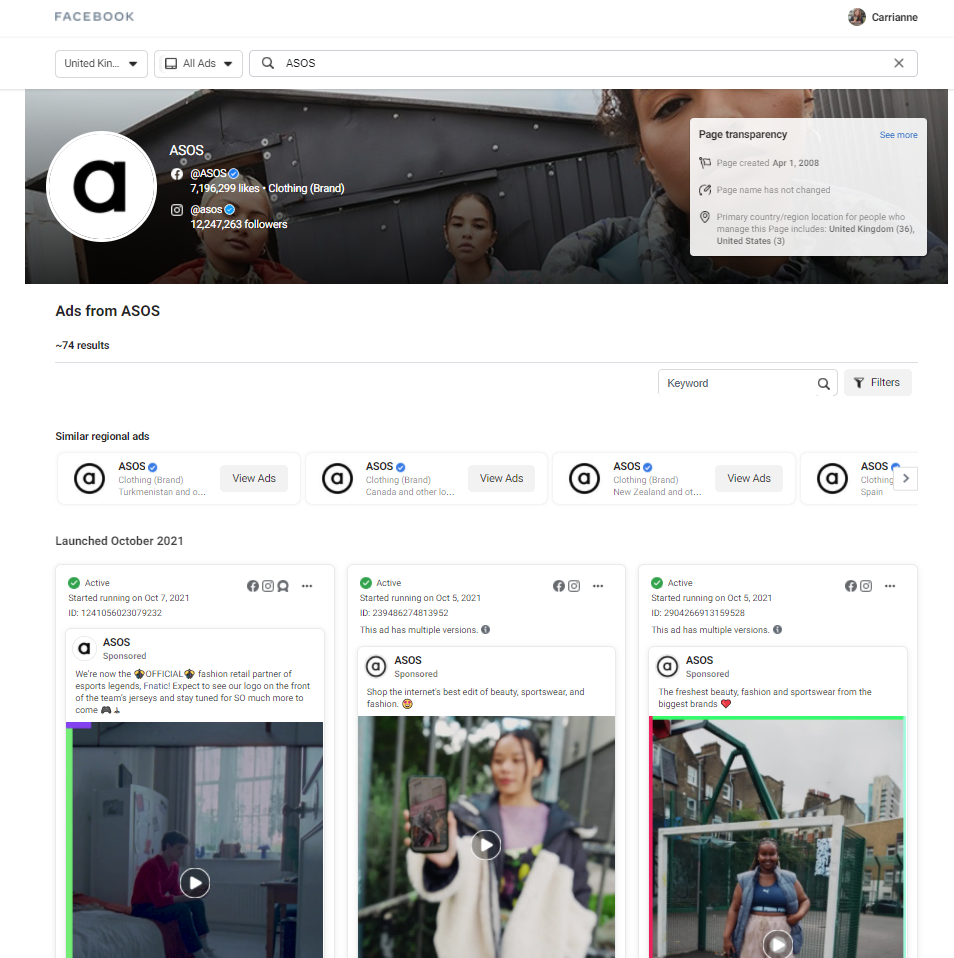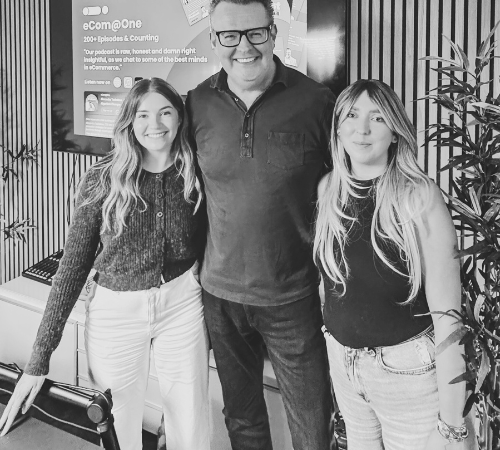There are over 10 million active Advertisers using Facebook Ads to drive traffic to their website and increase their sales. Are you one of them? Boosting a post just won’t cut it anymore. Utilising the tools within Facebook Ads and understanding the capabilities of the platform could be transformational for your business.
Doing well on social has one key rule, create your content with a social-first approach. You need to tailor your content for each platform to get your message heard. Facebook Ads are amazing (we aren’t biased, we promise) because of their targeting capabilities. They reach people who are actually are interested in your products. You don’t need to shout into an empty, never-ending black hole anymore.
Businesses have just started to see the power of Facebook Ads, so it’s very competitive out there. Don’t worry, we are here to help. Read this blog to find out how to take your Facebook Ad strategy to the next level.
Prospecting vs Remarketing Campaigns
The main difference between Prospecting and Remarketing campaigns is that they target different audiences at different stages of the customer journey; Prospecting targets users during the discovery phase, while Remarketing focuses on past engagement with your business. Both serve their place in your overall strategy. We have found that Remarketing/Dynamic Product Ads generate the best return for your dollar.
Prospecting campaigns
If you want to acquire new customers and increase your brand awareness, prospecting campaigns are the way to go. Typically paired with a reach or a brand awareness objective, your target is to say hello to potential customers who may not have heard about you yet. Using a core audience, you would target potential customers based on their behaviour, interests or demographics and showcase the best of your brand.
Remarketing campaigns
You have watched the recording, haven’t you? You know what I’m on about, I mean, I’m obsessed. My Wednesday nights are filled with me sitting behind my laptop staring at the screen. My heart rate starts to increase as I get excited. It’s a recording of a user journey using Hotjar of course!
Those actions that have been taken on your website, even if the user didn’t convert are a gem. You can tell Facebook to show Ads to people based on actions they have visited on your site. This is where Dynamic Product Ads come in.
Dynamic Product Ads (DPAs) allow advertisers to select specific pages of a retailer’s inventory that will display when someone visits those same pages later through the use of third-party cookies. It targets people who put items in their baskets but don’t finish the checkout process. Customers stop this action for a number of different reasons, people come to the door, their show comes back on the TV or they aren’t 100% sold on the item yet. Showing them an Ad on Facebook reminds them about these products, bringing them back to the website and making a sale.
However, it is important to note that third-party data is due to become a thing of the past. You need to make sure you collect first-party data to make sure you can still generate results from Facebook campaigns.
Three audience types that you need to be aware of
There are three main ways to target audiences when running Facebook campaigns:
Core Audiences – target users based on their interests, behaviours and demographics. This is great for campaigns with brand awareness or reach objectives.
Custom Audiences – target people who have already been on your website, watched a video on your social media page or engaged with your brand. It’s easy to create a custom audience. We recommend basing the date ranges to 30 days, 60 days and 90 days and then analyse the data provided.
Lookalike Audiences – A lookalike audience is people who are likely to be interested in your business because they share similar characteristics to your existing customers. You can choose how similar you want them to be. The best results come from a 1% lookalike audience, but you can reach more people with a 5%. We don’t typically go over 10% as it can result in a lot of wasted spend.
Steps to creating a killer Facebook Ad
Step 1: Set some goals for your Facebook Ads
Before you start creating Ads, make sure you’re clear on why you’re doing them. You may already have an idea or goal in mind but don’t forget to write these things down somewhere so they are easy to refer back to later.
For example, maybe you want to increase brand awareness by getting people talking about your business online. Or perhaps you’d like to drive traffic to a specific page within your website. Increase sales with a certain set of products. You need to set goals to make sure you can measure the success of your Facebook Ad campaigns.
Step 2. Head over to Facebook Ads Manager
Once you’ve decided which objectives are best suited to achieving your business goals, head over to Facebook Ads Manager where you can choose your objective, targeting and publish your Ads.
Step 3. Choose your objective
Once you’ve got an idea of what you’d like to accomplish with your Facebook Ad Campaigns, choose the best option for achieving those objectives. An objective is what you want your customer to do. E.g. visit your website, watch a video or make a purchase. It’s important to choose different objectives based on what stage the user is in the customer journey.
Awareness stage – brand awareness and reach are the two key objectives for this stage.
Consideration stage – traffic, engagement, app installs, video views and messages are the top objectives when targeting people in this stage.
Conversion stage – Conversions, catalogue sales and store traffic are the ones you need. This is when you want people to make a purchase.
Step 4: Setting your budget
Depending on the level of control you want, there are two options for allocating your budget:
Daily budget – there is a limit that Facebook can spend per day on your campaign.
Lifetime budget – if a campaign is only running for a certain period of time, set a lifetime budget. This is better for Facebook’s learning phase and typically generates better results.
We recommend setting your budget at the campaign level.
Step 5: Audience targeting
Your audience selection needs to match your objective. Do you want to increase the brand recall of a product? You’ve selected a brand awareness objective and now you need to create a core audience.
As mentioned above, there are three types of audiences that reach different people at different stages in the customer journey.
If your objective is conversions, you could create a Dynamic Product Ad with a custom audience, targeting people who have added products to their basket and not converted.
Step 6: Choose your Ad placements
Advert placement defines where your advert is shown and with Facebook Ads. Adverts may appear in Facebook’s News Feed, Instagram’s Feed, Stories, In-Stream and on their Partner Networks.
Facebook recommend using automatic placements. They use the data to see what performs best and then showcase your Ad there.
It’s important to remember, design your creative for placement.
Step 7: Create your Ad
This is where it gets really fun! It’s now time to choose the images (or video), headline, body text, and where your Ad will be displayed on Facebook. Creativity is key here. Even with the best targeting in the world, poor creative will yield rubbish results.
Life images and videos work better than stock images and your copy always needs a Call To Action. Experiment with it and see what generates the sales.
We have found that video and carousel format perform the best. Use TikTok and Instagram Reels to see what type of content your target audience is digesting and engaging with.
Step 8: Click publish and wait
Exactly what it says on the tin. You need to give Facebook time to finish its learning phase before you make any changes. Find out the whats, hows and whys of the Facebook learning phase here.
Step 9: Analyse the results and experiment
You will also need to monitor your performance within the Facebook interface. The most important metrics you need to track are Click-Through Rate and the metric that relates to your objective (e.g. video views, purchases, Ad recall etc).
Ads with a low CTR will stop serving or become more expensive. Ads with a high CTR will generate as many clicks as will fit within your budget. They will also cost less.
Remember to make sure that you regularly update the creative and Ad copy otherwise it will hit the dreaded, creative fatigue and perform terribly.
Tools for Facebook Ads
Our favourite tools for creating killer Facebook Ads are, Canva, Facebook Ads Library, Pinterest, TikTok, Instagram Reels and Photoshop.
It is more important than ever that you have an in-depth, creative and consistent Paid Advertising strategy to get heard above the noise. The key is experimentation and research. If you create the content with a social-first mindset, you are halfway there to increasing your sales.
If you want any help with your Facebook Advertising strategy, book a free discovery call with us and let’s get the ball rolling or in this case, Facebook Ads converting.
